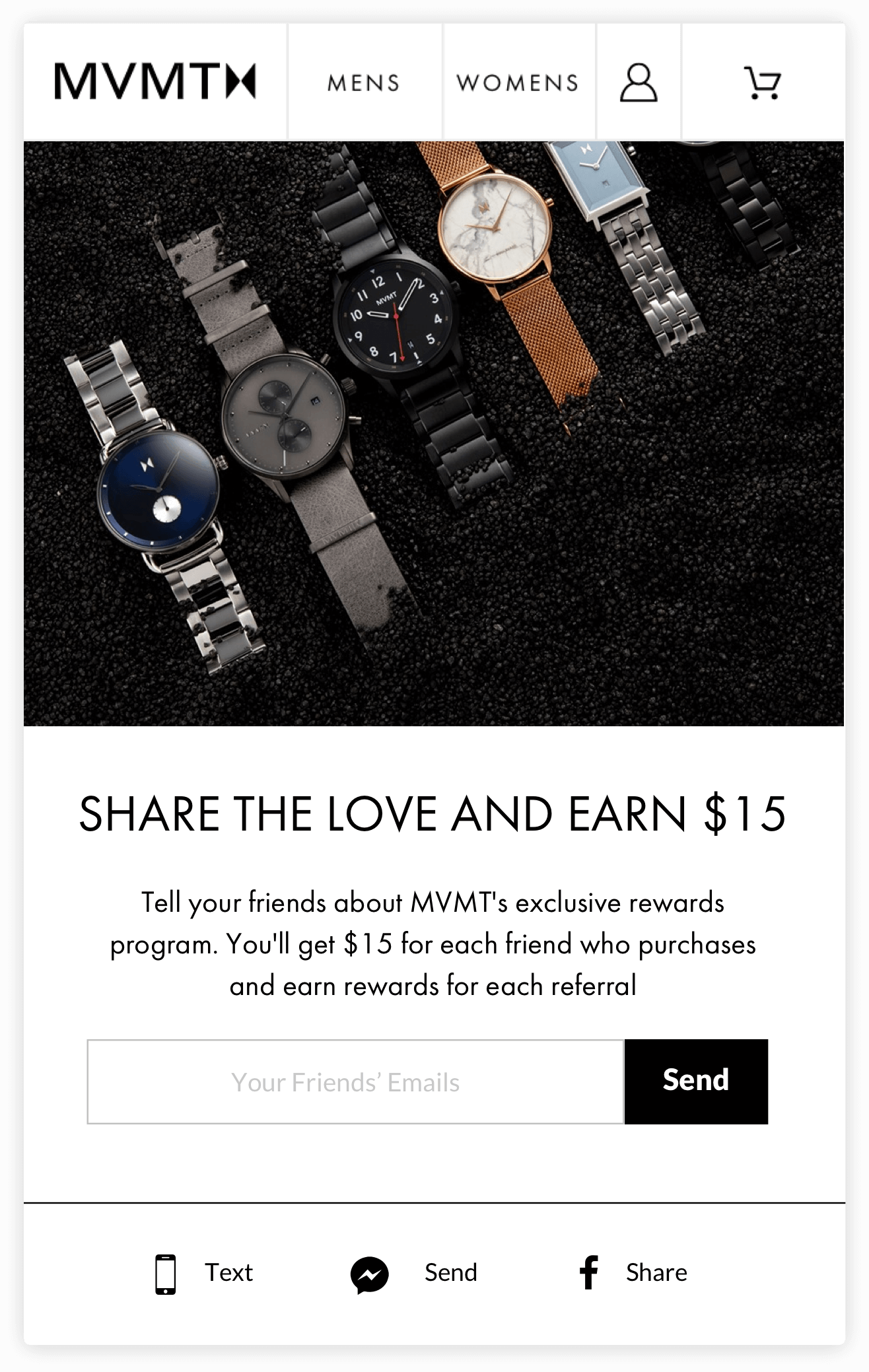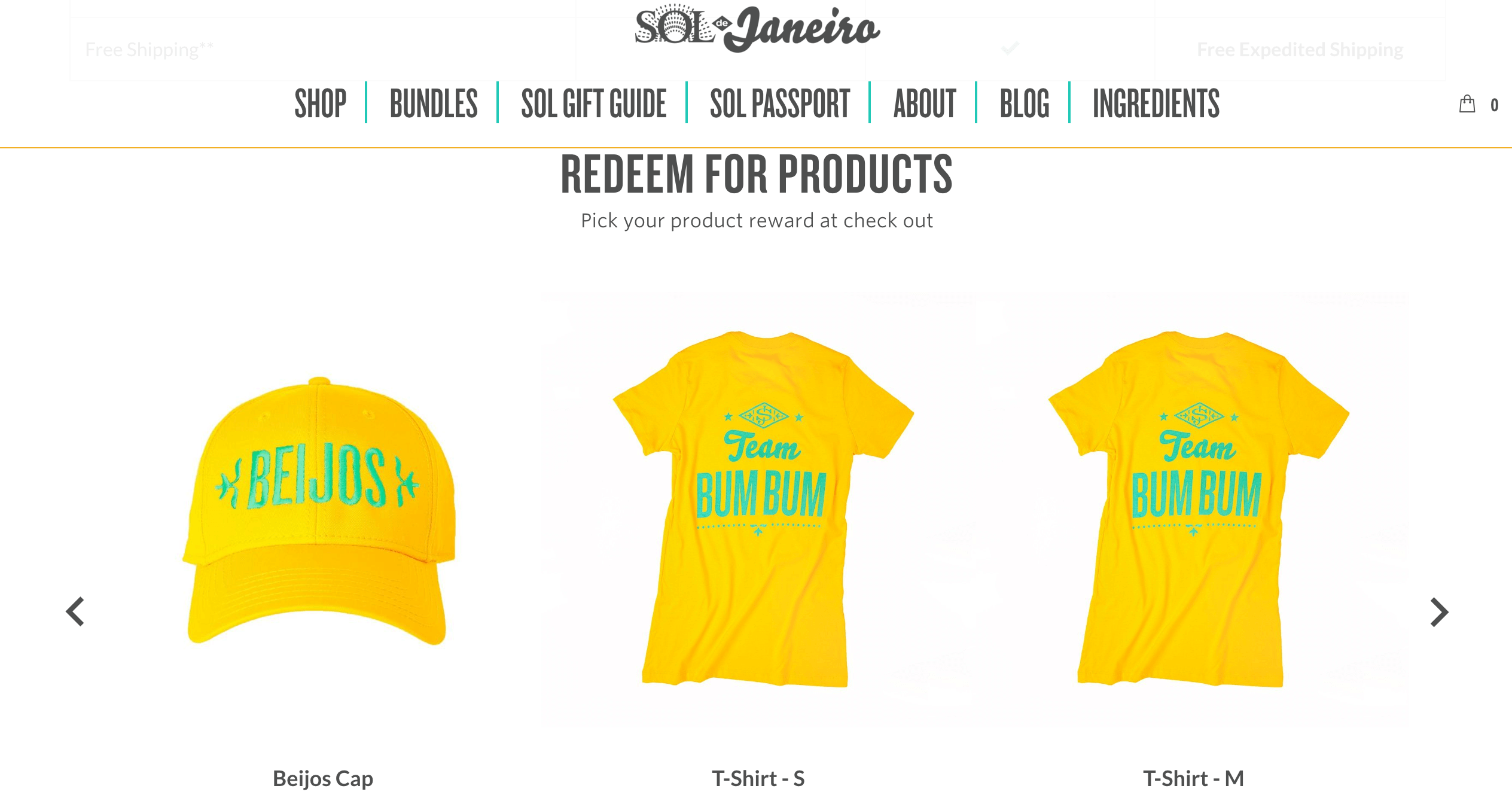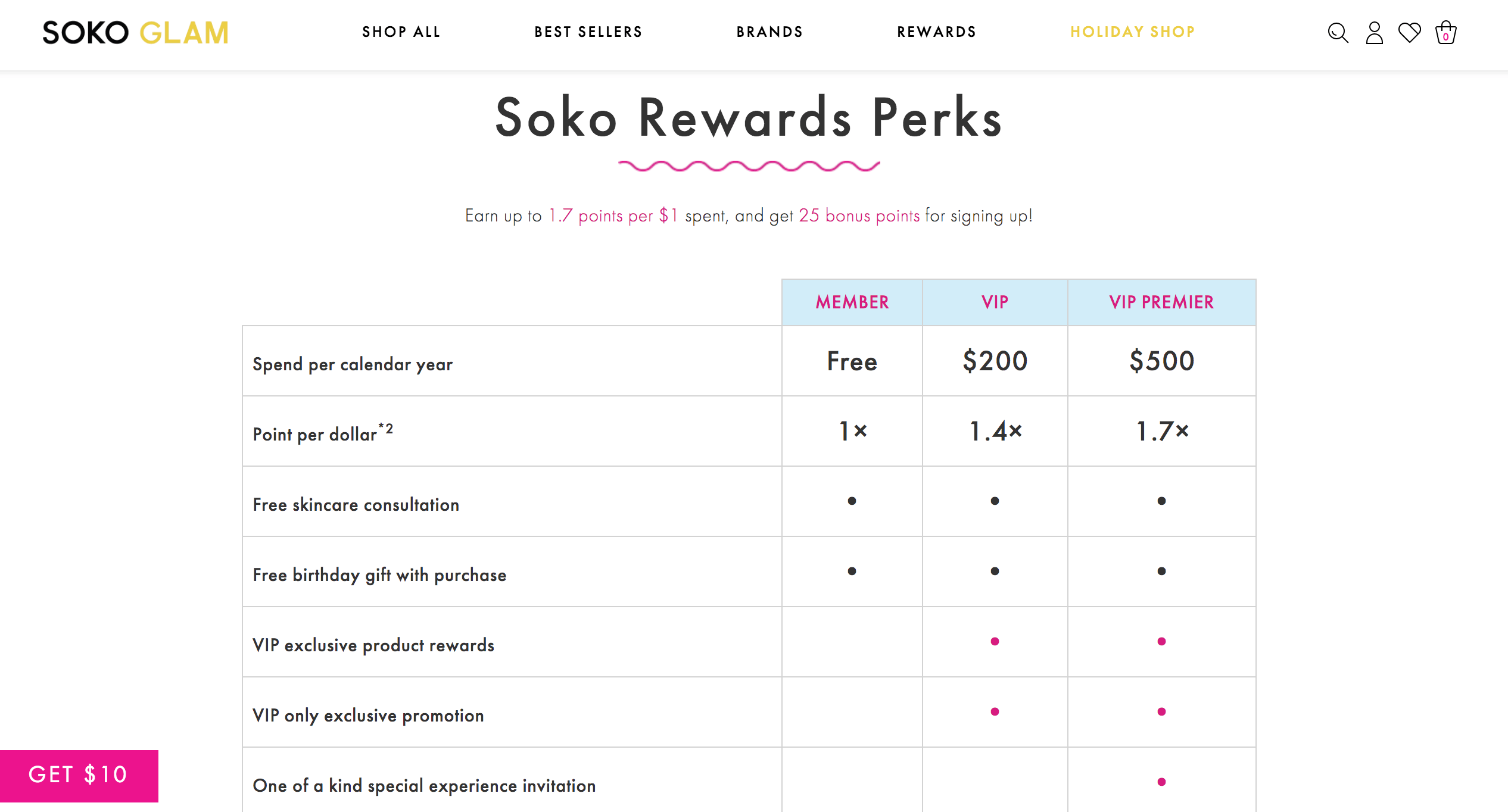Brands are experiencing a renaissance. That’s what Yotpo CEO Tomer Tagrin said at our Destination:D2C conference in September, and our most recent consumer survey proves that he’s definitely onto something.
In Yotpo’s latest poll of 2,000 consumers in the United States, nearly 9 of 10 respondents said their brand loyalty has either remained constant or increased over time, with about a quarter (24.8%) saying they’re more brand loyal this year as compared to last year.
What is brand loyalty?
Asked to define their brand loyalty, consumers polled overwhelmingly characterized it as repeat purchasing (67.8%), followed by “love” for the brand (39.5%), and finally, preference despite price (37.7%).
Echoing the above explanations of brand loyalty, 36.5% of shoppers said they will spend more on products if they’re loyal to a brand, even if they can find cheaper options elsewhere. In a world where many shoppers flock to Amazon for the best deal, building true brand loyalty pays off in spades by keeping shoppers on your site and in your stores, regardless of price.
In addition to spending more, most brand loyal shoppers (59.3%) will also refer their friends and family to brands they love, creating a new network of potential brand loyalists.

MVMT created a referral program to help their best customers spread the love.
What makes customers loyal to a brand?
The trend toward brand loyalty is no coincidence. Direct-to-consumer brands — both digital natives and legacy brands renewing their D2C efforts — are prioritizing customer experiences that build an emotional connection with shoppers (AKA the “love” that nearly 40% of loyal customers describe feeling).
Younger consumers in particular have come to expect the exceptional — from their first interaction with a brand, right up to their experience with the product and beyond. In return, they come back to purchase again and again — and they tell their friends.
At a glance, this trend seems like great news for all brands. But there’s a catch.
While shoppers certainly are sharing fuzzy feelings and deep pockets with their favorite brands, that list of favorites is harder to get into than a Black Friday sample sale.
More than a third (36.4%) of survey respondents reported that they don’t consider themselves brand loyal until they’ve made five or more purchases from a brand. What’s more, nearly a third (61.1%) are loyal to a max of five brands, and 49.1% only belong to up to three loyalty programs.
Since making it into the “loyalty top three” isn’t easy, we put together a guide of “dos and don’ts” along with some interesting eCommerce loyalty program examples to make sure you’re equipped with the retention strategies that will move the needle when it comes to customer loyalty.
1) Create an on-brand loyalty program
This one may seem like a no-brainer, after all, 59.5% of consumers polled said they would likely join the loyalty program of a brand they’re loyal to. However, it’s not enough to just sign up your customers for a basic punch-card-style program. They want to feel like the loyalty program experience is an extension of your brand.
Do: Invest in the look and feel of your program. Program branding can go along way towards making customers feel like they belong to a community. For example, a beauty brand customer might be more excited about being “Gorgeous & Golden” than a “Gold level member” in your tiered program.
Don’t: Copy another brand’s program, your loyalty program should be crafted for your unique customer base.
2) Offer value beyond discounts and free shipping
Price and convenience will always be a factor for shoppers, but the customers who really love your products are looking for something more. In fact, 28.7% of shoppers want rewards to be more interesting, and 38% of shoppers say their biggest loyalty program pain point is that making a purchase is the only way to earn points. In short, shoppers are making it clear that they want to have interactions with your brand that aren’t purely transactional.
Think about how you can make loyal shoppers feel special by creating a loyalty program that offers them more than points and price cuts for purchases.
Do: Get creative when it comes to earning points and redemption options. Consider offering points for customers who engage with your brand by following your social pages or writing a review. For redemptions, offer gifts and swag — 45.8% of shoppers are looking for this as part of a loyalty program.
Don’t: Offer one-size-fits-all rewards — nearly a third of customers (29.4%) want offers and recommendations tailored to them.

Sol de Janeiro keeps loyal customers engaged with fun, branded swag.
3) Make product your number one priority
Often as brands grow, they lose sight of the product that made their initial customer community fall in love with them. However, that’s a risky road to walk down, since 77.8% of shoppers polled said product is the number one reason they’re loyal to a brand.
Naturally, this extends to digitally native brands, which are often defined by their “hero product” — 61% of shoppers say they like online-first brands because of their premium products and accessible pricing. Nearly one fifth (19.2%) of shoppers like digital natives because they offer better quality products than established competitors.
While price and service will always be important, your customers come back time and time again because they can’t get enough of your products.
Do: Seek out feedback from your loyalty program members and other repeat shoppers. Consider incentivizing reviews through your program, so you can stay on top of how your best customers feel about your products.
Don’t: Assume that product is a “set it and forget it” part of your business. You need to evolve along with your customers’ needs.
4) Focus on both your online and offline presence
More than a quarter (25.2%) of shoppers polled say their biggest frustration with loyalty programs is the retail disconnect — they can either use points in store but not online, or vice versa. Similarly, 25.6% were upset that they could not collect and redeem points for a brand’s loyalty program when purchasing an item through a third-party retailer. Brands today need to be wherever their customers are, and the experience across channels must be seamless.
Do: Ensure you have a point-of-sale solution for your loyalty program, so that in-store shoppers can enjoy the same benefits they do on your website.
Don’t: Complicate the experience by creating two separate loyalty programs. If shoppers are joining three loyalty programs on average, it’s not likely they’ll join two for the same brand.
5) Treat your customers like VIPs
When it comes to redemption options and loyalty program perks, shoppers love getting early access to sales (46.4%) and new products (31.8%) — adding these exclusive benefits to your program makes customers feel like they belong to a VIP club. Invite-only events are another way to create that sense of exclusivity, but don’t make them a primary focus, since only 9.6% of shoppers indicated that they’re seeking out brand events.
Do: Make a point of creating VIP-experiences — they make it clear to customers that joining a loyalty program affords them higher status with your brand. This goes a long way towards building a relationship and ultimately, lifelong loyalty.
Don’t: Make the mistake of offering your exclusive perks to the entire customer base. Authenticity is at the core of your strongest customer relationships, and your best customers need to know that their loyalty means more than a one-time purchase.

Soko Glam does a great job at offering VIP-only perks to their most loyal customers.
Top Takeaways:
As acquisition costs continue to rise and the prominence of customer-brand relationships intensifies, today’s leading brands are shifting their focus and their resources into retention and loyalty. And the payoff is well worth it:
- 59.5% of consumers are likely to join the loyalty program of a brand they love
- 36.5% of shoppers will spend more on products if they’re loyal to a brand
- 59.3% of shoppers will refer their friends and family to brands they love
As we head into 2020, make sure you create a personalized, on-brand loyalty program that offers your best shoppers the experiences and perks they’ve come to expect. Focus on your loyalty program both as a way increase CLTV and a way to build customer relationships that will stand the test of time.




